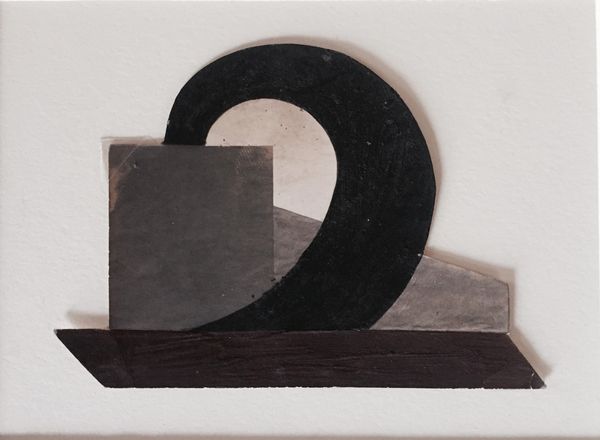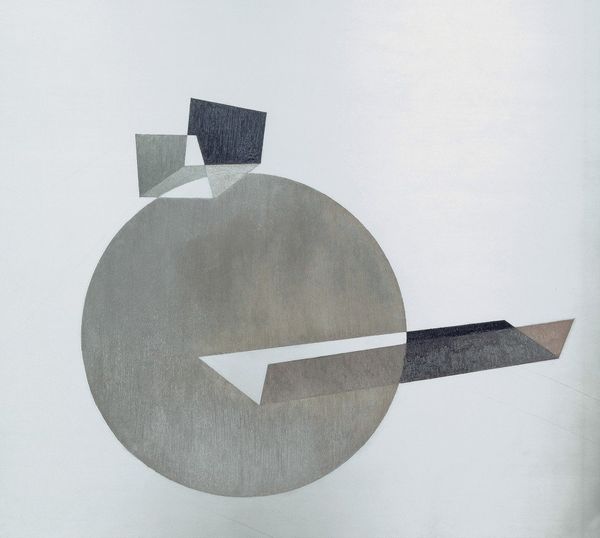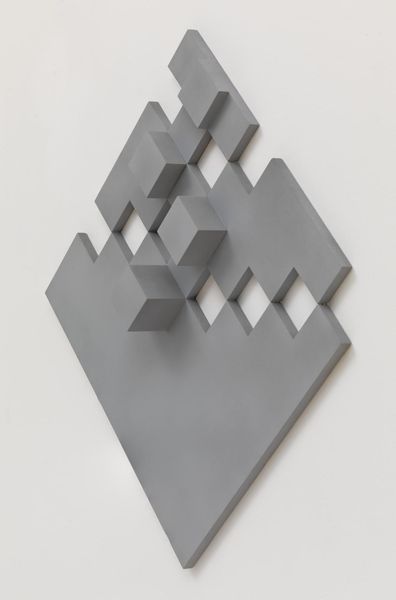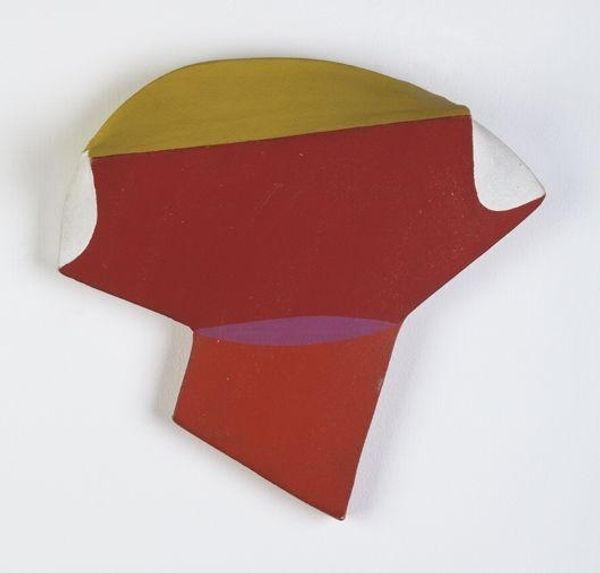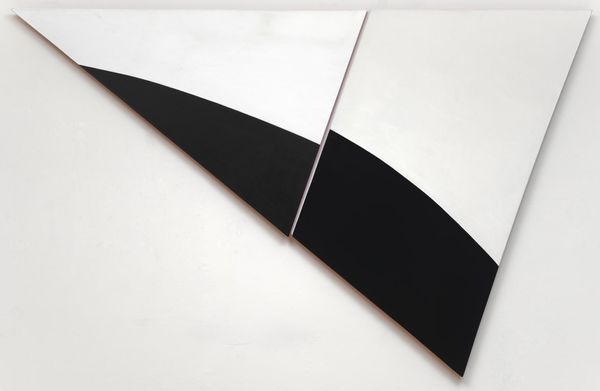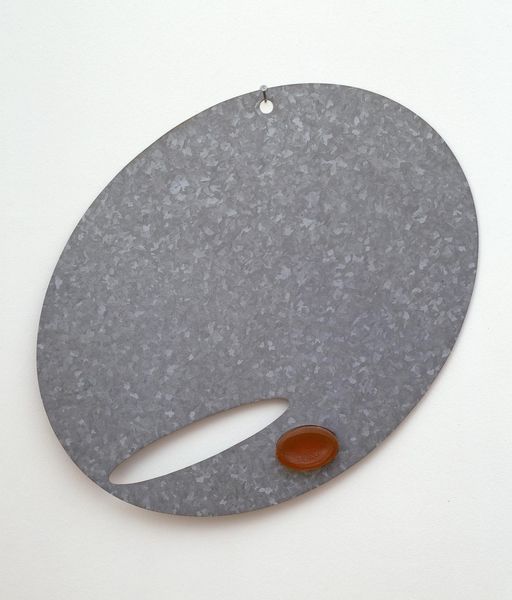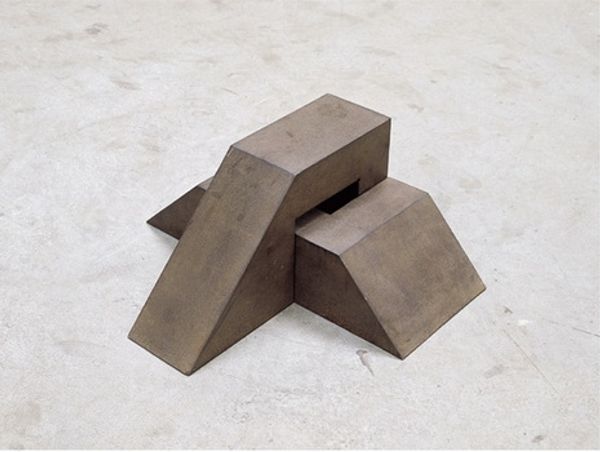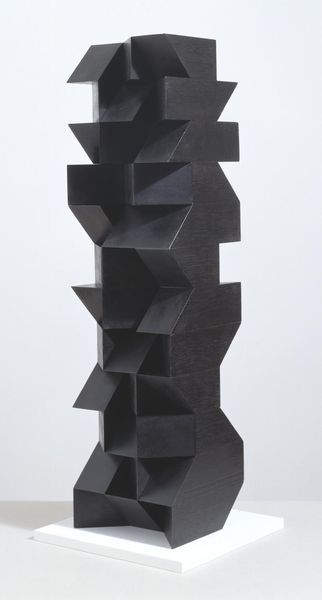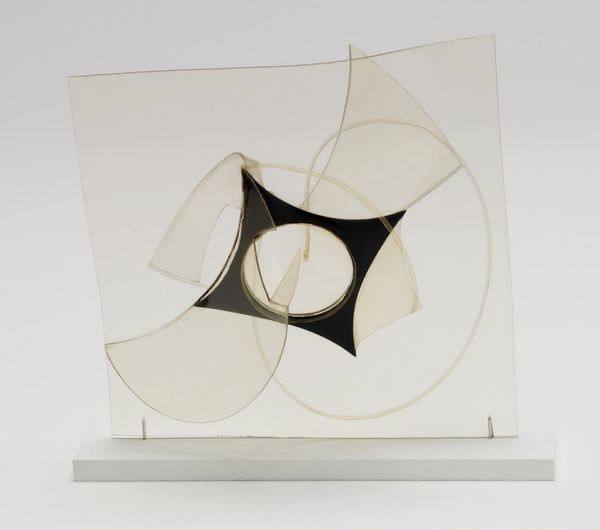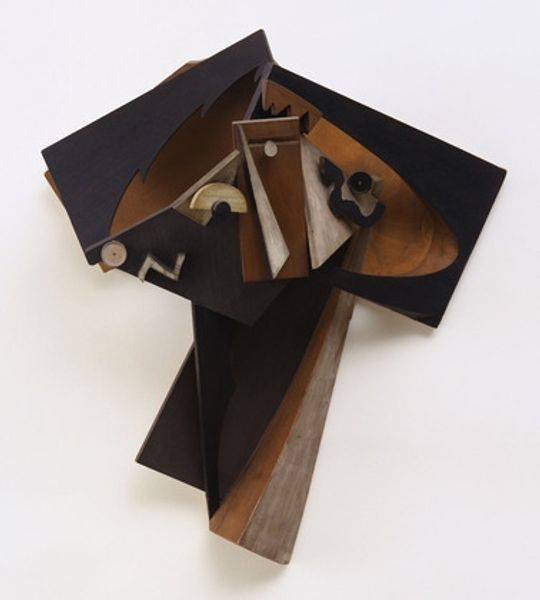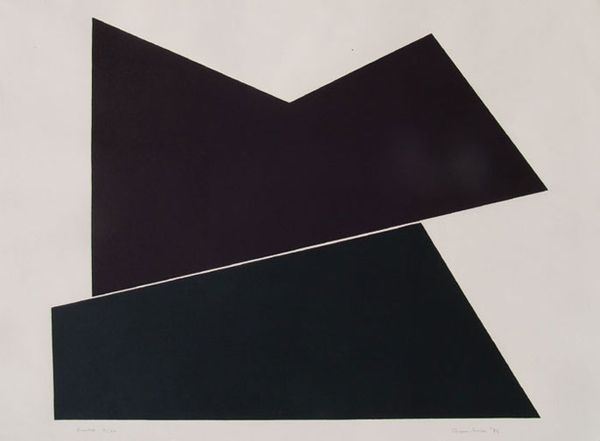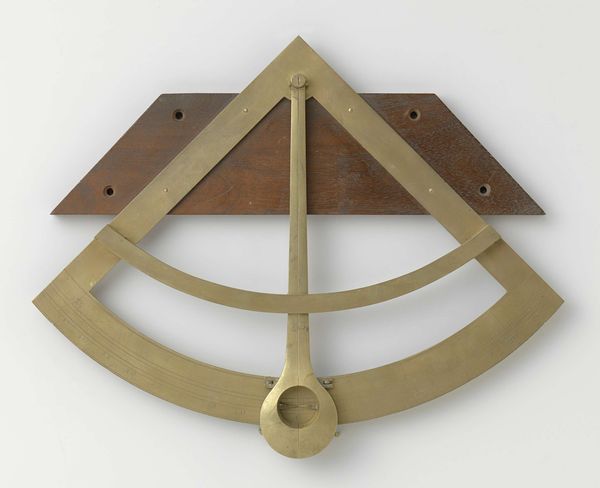
sculpture, wood
#
constructivism
#
geometric
#
sculpture
#
abstraction
#
wood
Copyright: Public domain US
Editor: Here we have Peter Laszlo Peri’s "Space Construction 10" from 1923, a wood sculpture that's making me think about architecture. How do you interpret this work, particularly in relation to its materials and construction? Curator: Peri’s use of simple geometric forms crafted from wood invites us to consider the relationship between industrial production and artistic creation. Constructivism, as a movement, championed the artist as a kind of engineer, utilizing modern materials. What do you think the choice of wood, specifically, brings to the piece? Editor: Well, wood is a common material, but these shapes almost seem machine-made. Maybe it’s about blurring the line between craft and factory work? Curator: Precisely. Peri, like other Constructivists, wanted to move away from the preciousness often associated with art. The sculpture's impact stems less from traditional artistic skill and more from the conscious selection and combination of basic forms, almost as if pre-fabricated. Consider also how its original context likely involved collaboration and access to industrial processes. Editor: So it’s less about the individual artist and more about art as a product of societal forces and available materials. It makes you think about who had access to these materials and processes at the time. Curator: Exactly. It reflects the societal embrace of new technologies and industrial aesthetics that artists found exciting. This work embodies the material conditions and production possibilities of the era. Editor: I'm starting to see how Peri used materials and construction methods to express his artistic goals of breaking down old ways of thinking about art, which has really helped me. Curator: And that understanding brings a new level of meaning to this abstract work, considering art not just as an aesthetic object, but as a cultural product tied to its means of production.
Comments
No comments
Be the first to comment and join the conversation on the ultimate creative platform.
